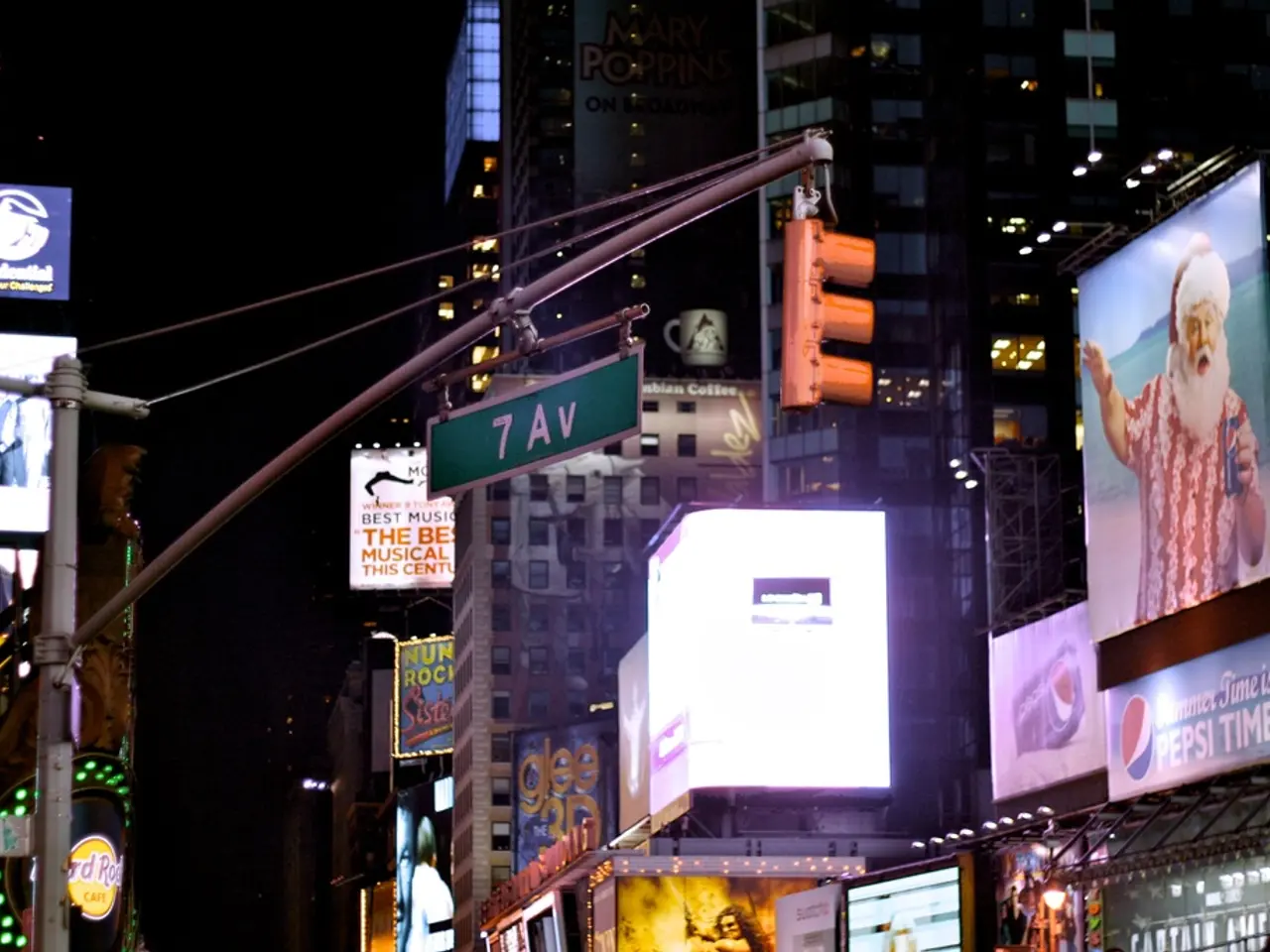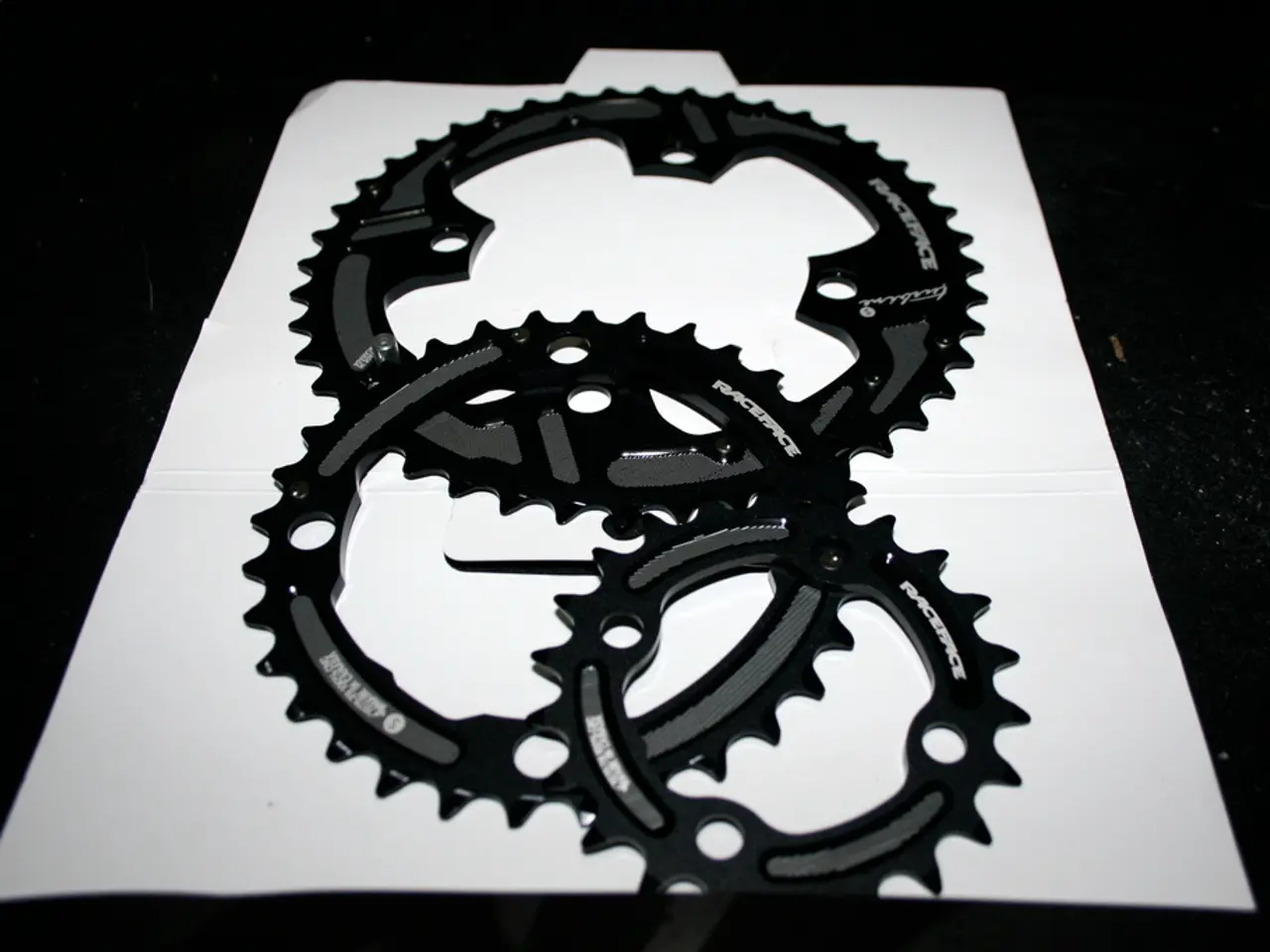Conflict over Imagery: UAVs Challenging Satellites in Surveillance Applications from Afar
Remote Sensing Technology Sparks Competition Between Unmanned Aerial Vehicles (UAVs) and Satellites
Over the past few years, technological advancements in remote sensing have led to an intriguing competition between UAVs and satellite systems, both striving to offer superior imagery solutions. This rivalry, fueled by a shared vision of pushing innovation and improving capabilities within each sector, continues to invigorate the industry. The battle between these two systems revolves around several critical factors, including resolution, frequency of image captures, area coverage, and cost efficiency.
Image Resolution and Quality
UAVs offer a unique advantage due to their ability to fly at lower altitudes, resulting in sharp, detailed images that are particularly beneficial for smaller-scale projects. These drones can also fly under cloud cover, making them a valuable resource in areas with frequent cloud cover. Furthermore, UAVs enable real-time streaming of video footage, providing immediate access to visual data.
In contrast, satellites operate at much higher altitudes. Although technological advancements have enabled them to capture high-resolution images, the level of detail achievable may not match that of UAVs. Satellites also excel in larger-scale projects, offering extensive area coverage through their orbiting capacity. However, their imagery can be affected by atmospheric conditions, including cloud cover.
UAVs can be deployed on-demand, allowing for high temporal resolution as they can capture images at any desired time. However, their operation is typically limited by battery life. On the other hand, satellites capture images on a regular schedule, with revisit times ranging from multiple times a day to once every few days, depending on their orbit and purpose. While this provides consistency in image acquisition, obtaining images of a specific location at a specific time may sometimes be challenging due to satellite orbits and weather conditions.
UAVs are limited to smaller area coverage due to their flight time and range. Despite this, the coverage area can be expanded by using multiple flights or multiple UAVs. In comparison, satellites can cover vast areas with a single pass, making them ideal for monitoring large-scale phenomena such as weather patterns or major environmental changes.
The initial investment for a UAV can range from a few hundred to several thousand dollars, depending on the quality of the drone and its sensors. Operating costs include maintenance, battery replacement, and potentially personnel costs for operation and data analysis. In contrast, satellite imagery prices vary significantly. Free resources like NASA's Landsat program are available, but high-resolution commercial satellite imagery can cost several dollars per square kilometer. Access to real-time or near-real-time data could incur additional costs. The cost of launching and maintaining a satellite is substantial and is typically assumed by governments or large corporations.
The decision between UAV and satellite imagery hinges on the specific requirements of the task at hand. When high-resolution, detailed imagery over a small area is required, and access to the location is feasible for drone flights, a UAV might be the better choice. On the other hand, for large-scale, consistent, and regular coverage, satellite imagery could prove to be a more suitable option. In terms of cost, while UAVs might offer lower initial costs, operational costs can add up, especially for larger areas or extended periods. Satellite imagery, although more expensive in some cases, can provide cost advantages at scale or over extended periods.
In conclusion, the choice between UAV and satellite imagery is not a one-size-fits-all approach. The ideal solution depends on the specific requirements of each project, whether it calls for high-resolution images over a small area or consistent, large-scale coverage.
- Tags:
- Earth
- Remote Sensing
- Space Technology
- UAVs
- Satellites
- Technology
- The competition between UAVs and satellites in the space economy, driven by advancements in space technology and remote sensing, aims to offer optimal solutions for imagery in various projects.
- Larger-scale projects often benefit from satellites' capacity for extensive area coverage, despite the challenge of obtaining high-resolution images due to atmospheric conditions.
- Cost efficiency is a key factor in the rivalry between UAVs and satellites, as the choice between the two depends on the specific requirements of a project, often favoring UAVs for smaller, detailed imagery, and satellites for larger, consistent coverage at scale.




